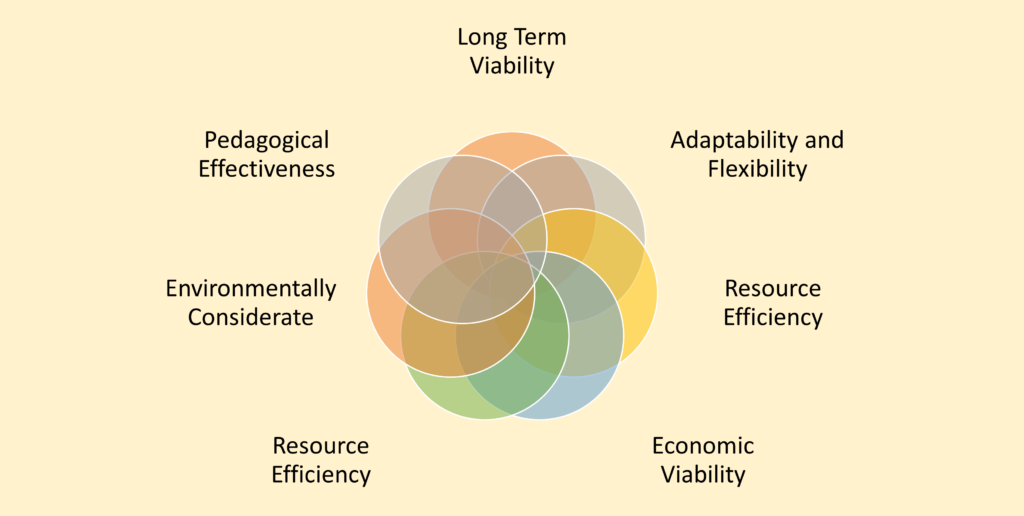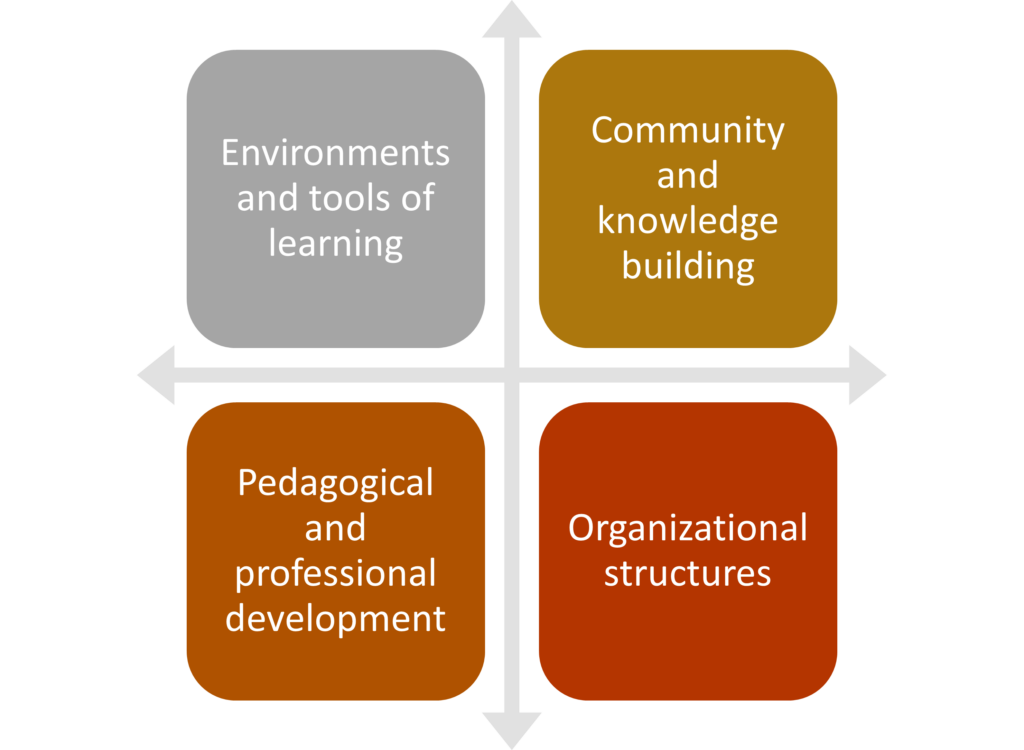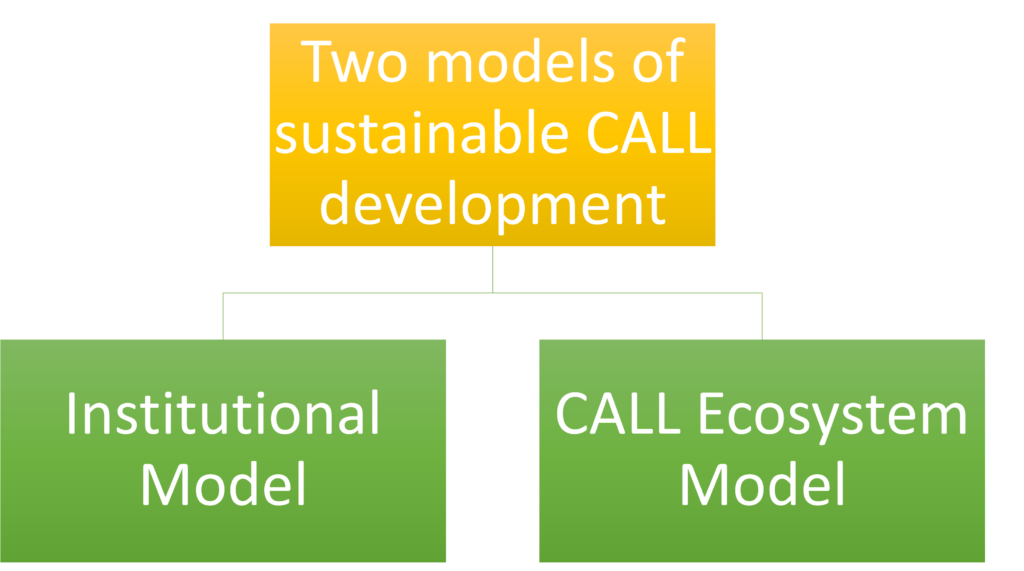The emergence of “Ecological CALL” draws its inspiration from the ecological metaphor that is known to be borrowed from natural sciences and biology, the “sustainability” metaphor has its origin in environment but has expanded its influence to society, politics, economics and most importantly, to the realm of education (Blin et al., 2016, p.223).
While quickly browsing through the article, I came across a definition (p.224) of sustainability that closely resonated with my own understanding of the concept, among the various definitions mentioned:
“development that meets the needs of the present without compromising the ability of future generations to meet their own needs”
(Brundtland 1987: chapter 2, item 1)
However, what is ‘sustainability’ in CALL?
In my view, CALL inherently possesses sustainability attributes, but reading this article has broadened my perspective, and made me aware that sustainability extends to various other dimensions within the realm of CALL, as depicted in the diagram below:

Four Pillars of Sustainable CALL
Using the SpeaksApp (2013) project as an example, the authors proceed to identify (renamed by the authors for the purpose of scalability, adaptability and generalization) the four crucial tenets underpinning “sustainable CALL”:

What really caught my eye was the distinction between the two models that are still in their infancy but have been introduced in the article:

What is the Institutional Model?
- Begins with the assumption that the four pillars are “equally and mutually interacting” (Blin, 2016, p. 234).
- Primarily, zooms in on the role of institutions with regards to technology integration in a language classroom.
- Tends to avoid the deep interactions between the elements of T-L environment.
- Mostly focuses on the policies, infrastructure, and resources within an educational institution to support technology-enhanced language learning as opposed to the quality of the quality of experience and outcomes achieved.
What is the CALL ecosystem Model?
- A hierarchical system between the four pillars (Blin, 2016, p. 234)
- More holistic and emphasizes on the interconnectedness of elements in the T-L environment.
- Accommodating of changes for a better world’s vision.
According to the authors, these models are still in their early stages of development and may require further research to precisely delineate their differences. Nonetheless, it is evident that the advantages of the CALL ecosystem model are readily apparent.
REFERENCES
Blin, F., Jalkanen, J., & Taalas, P. (2016). Sustainable CALL development. In F. Farr, &
L. Murray (Eds.), The Routledge Handbook of Language Learning and Technology (pp. 223-238). Routledge. Routledge Handbooks in Applied Linguistics.
Brundtland, G. H. (1987). Report of the world commission on environment and development: our common future. Oslo, United Nations.
Leave a Reply